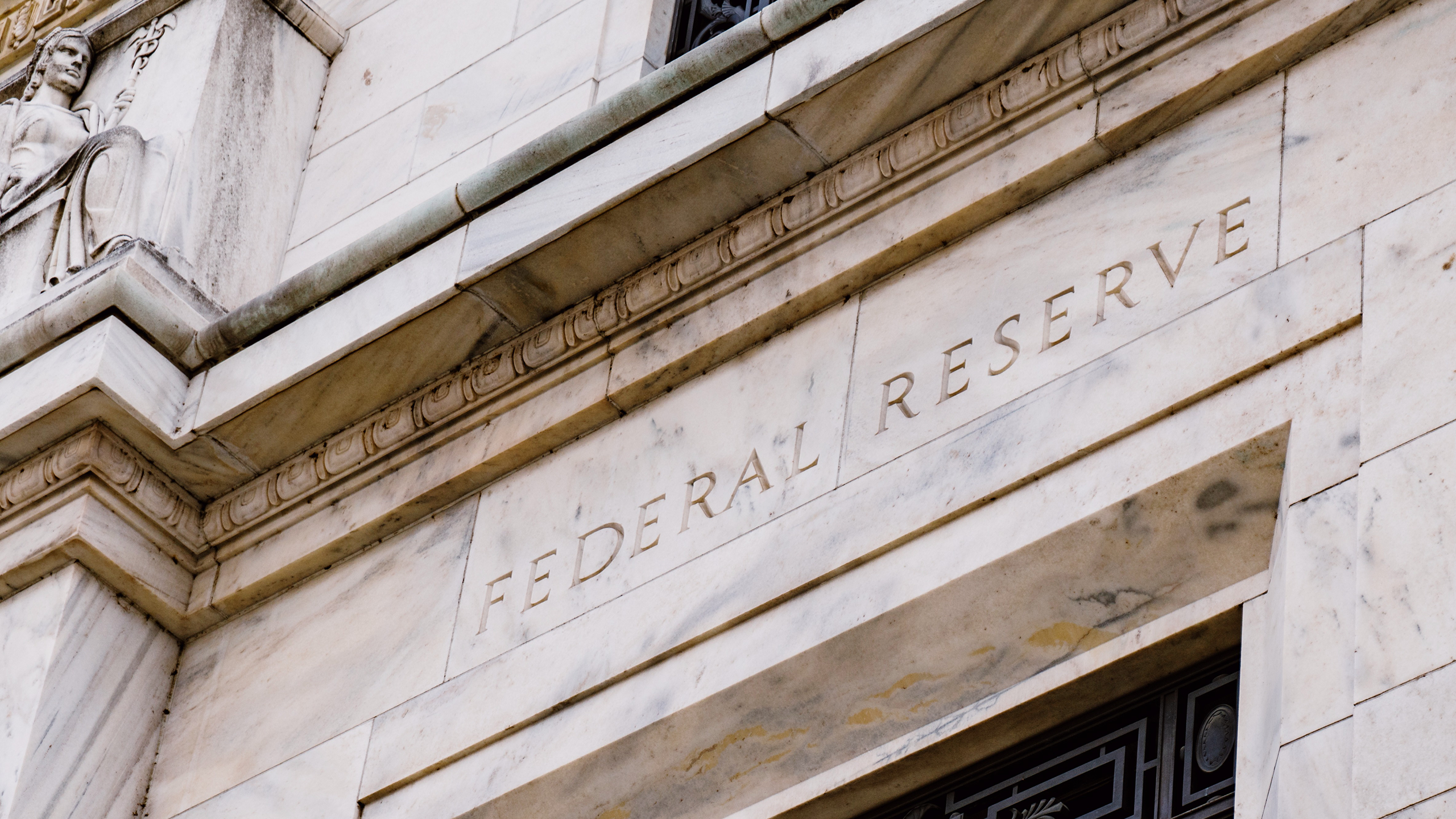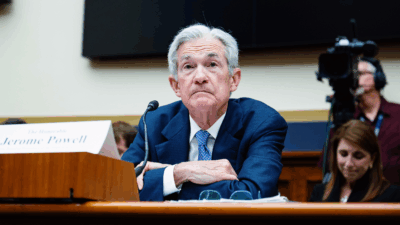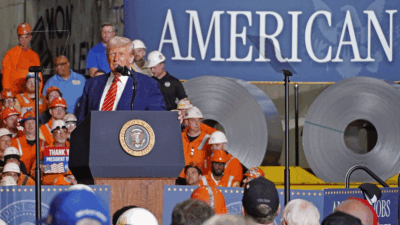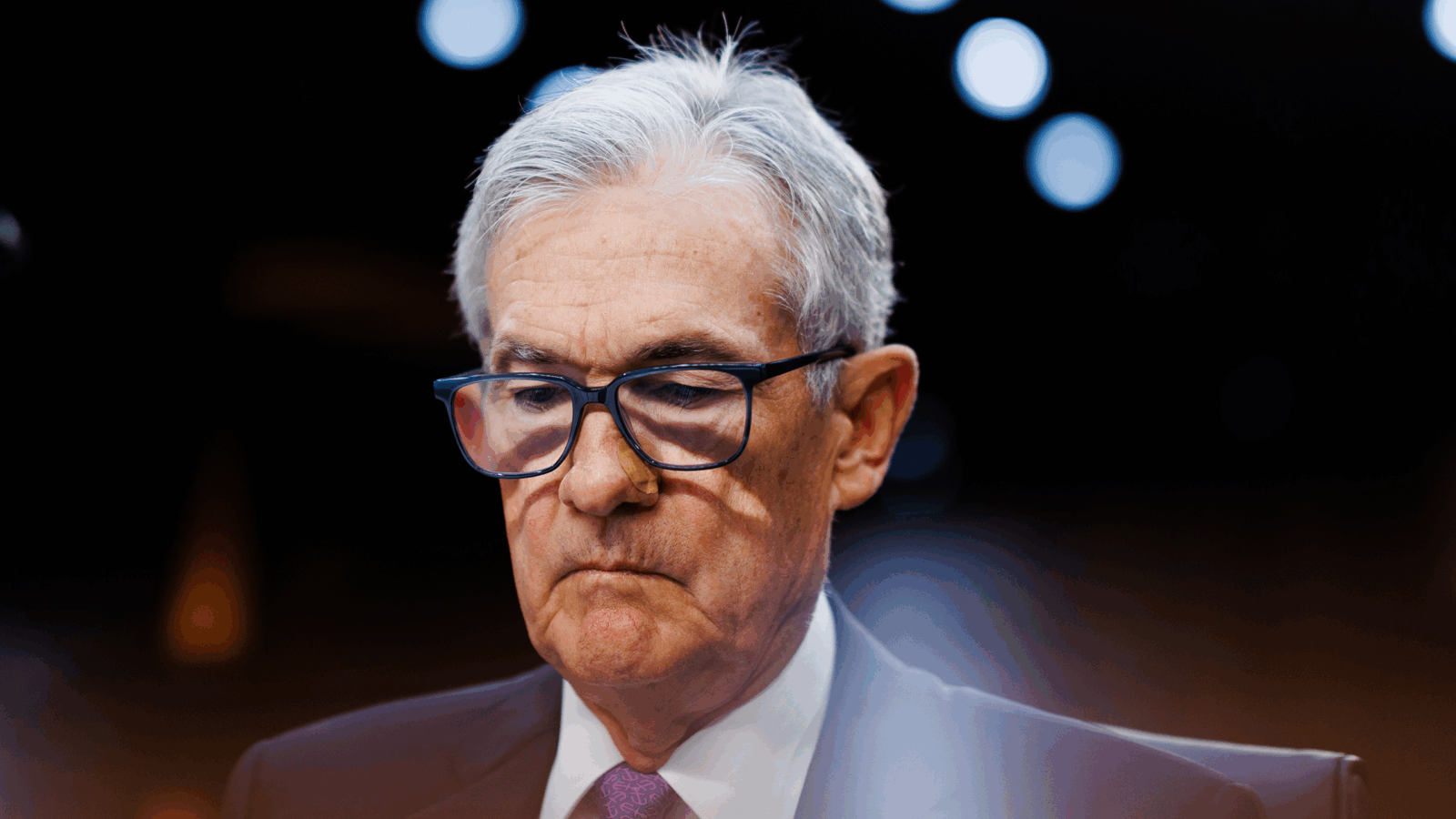The US Dollar is Flexing Muscle, Putting the Rest of the World on Notice
The US greenback has appreciated 2.65% against a basket of its developed market peers since the election and is at a two-year high.

Sign up for smart news, insights, and analysis on the biggest financial stories of the day.
For all of today’s political currencies, and maybe even because of them, the dollar is growing mightier and mightier.
The US greenback has appreciated 2.65% against a basket of its developed market peers since the election on November 5 and is at a two-year high. With expected tax cuts and tariffs from the incoming Trump administration set to rewire growth and trade, the tectonic shifts already felt by currency and commodity markets could soon shake up the global economy at large.
“Utmost Urgency”
President-elect Donald Trump wants to extend tax cuts for individuals and reduce levies even more for corporations. That, along with a run of deregulation, could pad profits at American companies and boost the country’s economic growth, already outperforming its sluggish peers, according to the IMF.
He also wants tariffs on imports and intends to shrink the labor pool by reducing migration, both of which economists say could have inflationary outcomes, making the Federal Reserve less inclined to reduce interest rates. Higher rates make dollar-denominated securities more attractive, which could further boost the Greenback. Policymakers around the world are already preparing for the consequences:
- The euro has slumped to a one year low of $1.05 and Deutsche Bank and JPMorgan have said dollar parity, a psychological threshold not seen in two years, is in the cards. While a lower euro might be good for German manufacturers, they could still have to contend with US tariffs just as the country teeters on the brink of recession and its governing coalition has collapsed.
- Things still aren’t as hectic as in Japan, where the top currency diplomat, Atsushi Mimura, has called the yen’s near-10% depreciation against the dollar this year “drastic,” adding policymakers are “closely watching developments on the currency market with utmost urgency” and are willing to intervene. A weaker yen would risk eroding purchasing power and, with it, consumer confidence, threatening to push Japan back to the brink of stagflation.
Race to the Bottom: Officials in emerging power India told Bloomberg they’re willing to weaken the rupee to remain competitive with a weakened Chinese yuan, if Trump pushes through his planned 60% tariffs on the Middle Kingdom. One thing’s for sure, wherever you live, don’t count on your purchasing power being the same this time next year.











